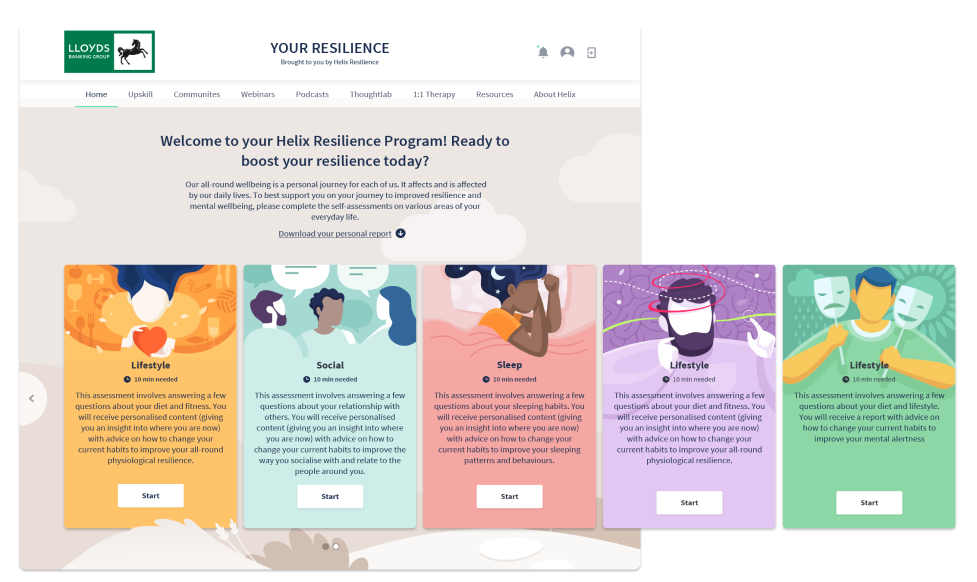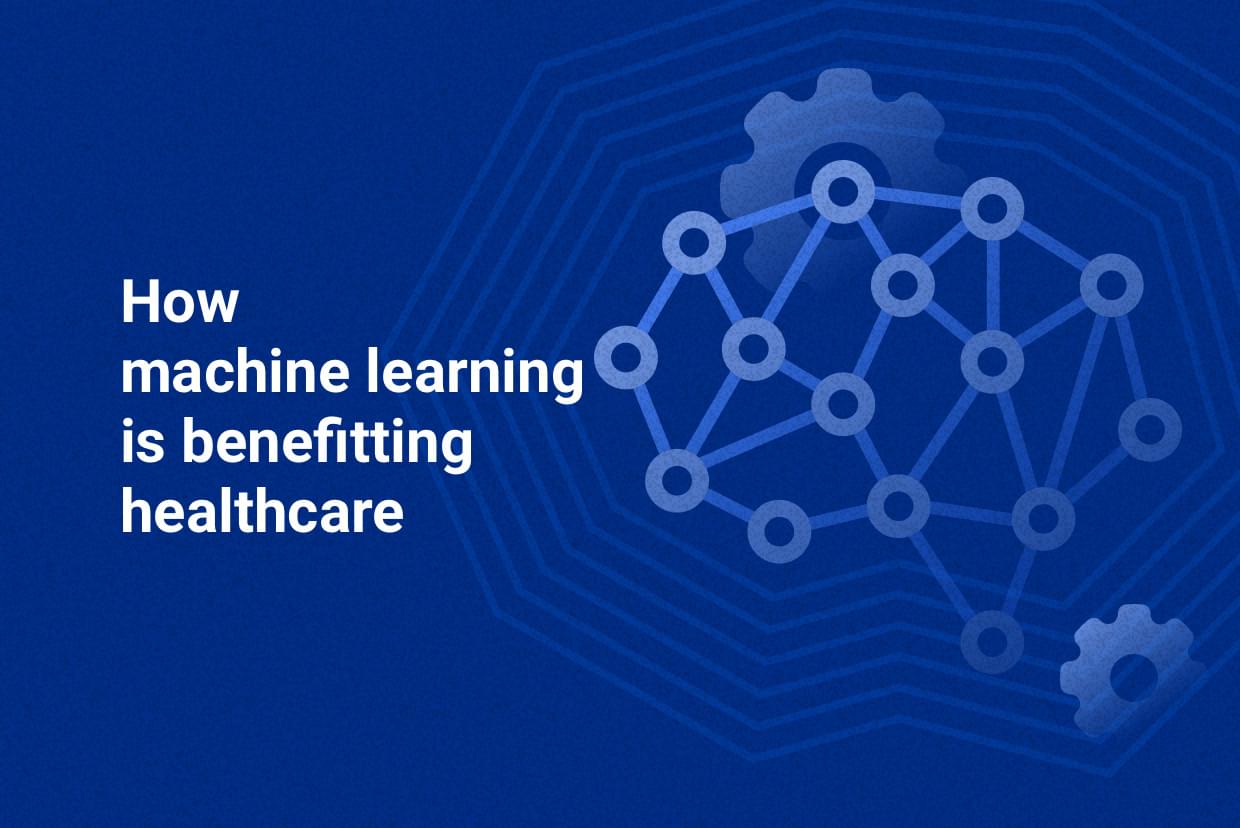
In 2019, healthcare delivery was turned upside down as many patients and doctors had to switch to a digital workflow nearly overnight, packing a decade’s worth of reforms into a few short months. As we’re slowly getting back in-person care, one question remains:
Is digital healthcare the next big thing?
If we look at the statistics, it surely is. Amwell, a direct-to-consumer telemedicine app, reported a 2,000% increase in digital visits in the US between January and March 2020. Digital healthcare investment was at an all-time high of up to US$15 bn. worldwide during only the first half of 2021, driven largely by telehealth investments, according to a report from Mercom Capital Group.
Over 90% of the people that tried virtual care during the pandemic would do so again, instead of going to the doctor’s face-to-face. The tech-bred younger generations are also much more likely to choose a medical provider with a strong digital presence, over traditional in-person care. But as McKinsey reports, there is a huge gap between those willing to use digital healthcare services and those who are actually using them. Based on recent research and our own experience with clients, we identified three major reasons that might discourage people from using digital healthcare tools.
What makes or breaks digital healthcare adoption?
#1: Data security
One of the biggest barriers for users remains privacy and data security when it comes to their personal health data. And with good reason - the US HIPAA Journal reported almost 32 million healthcare records breached only in the first half of 2019 - a huge increase on the previous year. For many healthcare providers, legacy IT infrastructure with outdated software can be a source of vulnerability. Failing to protect patient’s data, in turn, can be detrimental for the reputation of a healthcare organisation.
#2: The effectiveness of digital healthcare
As much as we are used to handling our lives from the palm of our hands, digital healthcare is still considered ineffective by some patients. It’s true that giving a diagnosis during a virtual-first visit can be much harder, especially for more complex health conditions. At the same time, doing regular health checks for chronic diseases can work pretty well online. Younger generations are increasingly dissatisfied with the way they receive traditional healthcare, be it because of inconvenience, lack of transparency about care or the inefficient operations (such as billing options). Millennials and Gen Z have different wants, ranging from online access to test results and electronic prescription refills to managing appointments online. As the largest living generation, it is also the one paving the way for digital healthcare.
#3: Bitter first impressions
Despite their natural preference to go for digital, younger consumers can easily be discouraged by a negative experience with a digital healthcare solution. In fact, half of those who have a bitter first impression from a user-hostile platform tend to have their entire experience with that health provider ruined. Long gone are the days where consumers will have the patience to navigate through a plodding web maze, wondering where to click next to get their results or prescriptions. In a user-first world, healthcare providers need to be mindful of the patient’s journey when dealing with digital tools, or they risk “the digital” backfiring on them.
How can we stimulate healthcare adoption?
Some of our clients faced very similar challenges to the ones we just discussed, and we know from first-hand experience that it takes some patience to overcome them.
While we were developing Tamedocs’ digital platform for sharing medical records between health insurers, patients and doctors, we took a careful look at the UK health insurance industry and how access requests to medical records were handled. We knew data security and privacy were paramount in the project, so we took extra time in pinpointing the user flows, so that patients can smoothly and securely claim their personal health records.

Similarly, we ensured data security in the Helix Resilience Program, a platform for monitoring and improving health and wellbeing in the workplace, by building a database architecture that allowed some data to be stored externally. We made sure the visual elements of the platform were appealing enough to ease the flow and keep the users motivated and connected. We designed the entire user experience to do just this through custom illustrations, using calm graphics and soft tones.

Wrapping up
Keeping up with new consumer needs is not easy, we get it. But with hundreds of health applications being launched each day, it’s more vital than ever to approach innovation in digital healthcare the smart way to build an effective product.
Over the last decade we’ve helped entrepreneurs, nonprofits and businesses in the UK and worldwide do just that. With a special focus on health and wellness, we design, deliver and support engaging digital solutions to challenging problems - the kind that can mean the difference between sickness and health for your users.
We're here for you if you believe in your idea and are ready to commit to success. Perhaps your project will be the next big thing.




